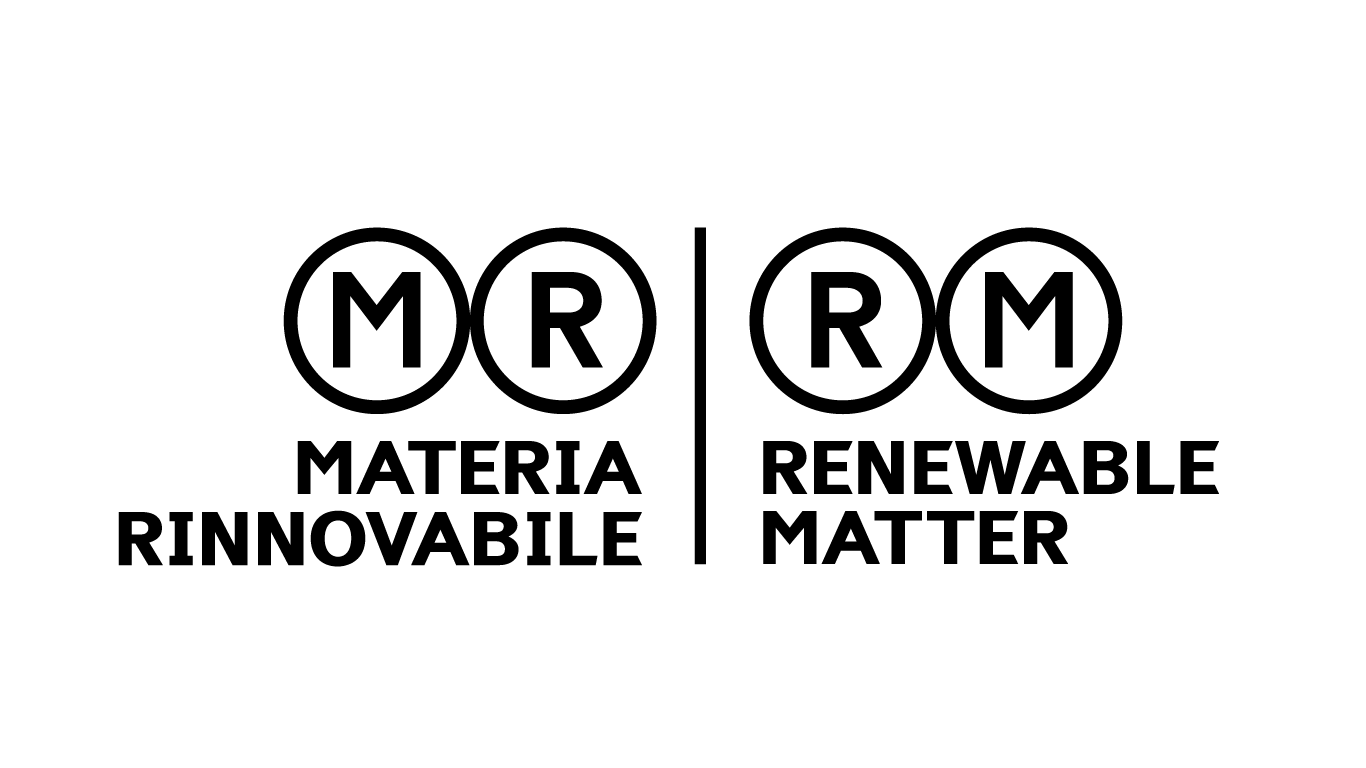This article is also available in Italian / Questo articolo è disponibile anche in italiano
From Bruxelles - “Circularity is more than a plan: it's a destination. The EU stands with science.
Circularity is key for democratic resilience, but it is an economic transition that will generate conflict and that has social implications.” These are some of the words chosen by John Bell, European Commission, Directorate-General for Research and Innovation, Healthy Planet Director, to launch the Stakeholder Day 2025, a flagship event of EU Green Week.
Held on the 5th of June in Brussels and organised by the European Circular Economy Stakeholder Platform (ECESP) in partnership with the Circular Cities and Regions Initiative (CCRI), the event brought together representatives from EU institutions, businesses, local authorities, and civil society to confront a crucial question: what kind of competitiveness does Europe truly seek?
Circularity, the profound reasons behind a necessary choice
On the 4th of June, on the eve of Stakeholder Day, EU Environment Commissioner Jessika Roswall made clear what is at stake: “We live on a planet with limits, with finite natural resources. We must use them more intelligently.”
The Commissioner, who announced the Water Resilience Strategy on the same day, also pointed out, as reported by ANSA, that Europe “imports over 90% of the circular raw materials we’ll need for our economies in the coming decades. But we do not want to depend on other countries for resources that we don’t have, especially now, given the current climate of geopolitical uncertainty.”
Every year, she added, “we require billions of tonnes of raw materials in Europe to sustain our economies”. A model that is no longer viable. An unsustainable model that compromises the EU's industrial sovereignty, as well as accelerating the climate crisis and biodiversity loss.
What direction for European circularity?
During the Stakeholder Day plenary session, Emmanuelle Maire, Head of Circular Economy, Sustainable Production & Consumption Unit, DG Environment, European Commission, stressed that “The EU must focus on sustainable prosperity. The Competitiveness Compass is all about innovation, how to decarbonise through circular solutions, and security for Europe. Europeans must be united, and the EU must build on its strengths. The single market for waste, the uptake of secondary raw materials, and boosting bio-based products as an alternative to fossil fuel-based ones are all part of the circular economy.”
Peter Schmidt, Member of the European Economic and Social Committee, President of the Agriculture, Rural Development and Environment Section (NAT), was more decisive: “Anxiety isn't a policy, circularity is”. The obstacle to the transition stems from economic interests, with fossil fuel companies enjoying profits that circular enterprises can scarcely match. “We must interfere in the market and stand firm against interest groups: the EU must ban sales of products which are not sustainably produced”, added Schmidt. “Planetary boundaries, not competitiveness, must be the top priority.”
Sirpa Pietikäinen, Member of the European Parliament, said that “Regulation isn't just a bad word. After all, regulation creates a level playing field, a future and the ability to act as a society”. The Circular Economy Act must ensure efficiency, a cascading use of resources, and only circular products on the European market. “The EU needs to stop financing environmentally harmful projects and ensure that the data is there to establish which businesses and projects are really green.”
What, then, does competitiveness mean?
According to Cillian Lohan, former Vice-President for communication at the European Economic and Social Committee (EESC) and founder of the European Circular Economy Stakeholder Platform, the platform’s strength lies in its ability to combine top-down governance with grassroots innovation.
“We’ve created the European Circular Economy Resource Center, a hub focused on taking best practices from within the EU and sharing them with countries outside the bloc. Just two weeks ago, we met with circular economy platforms from Asia, Africa, and Latin America—all inspired by the European model. Through the Resource Center, EU CERC, we now have a mechanism and resources to share what’s worked”, Lohan explains, pointing out that the challenge of competitiveness is mostly cultural.
“The issue is that we’re not all aligned on what we mean by competitiveness. The worst way to define competitiveness, then, is to say we need to lower our own standards to match those prices. And some people do see it that way.” Lohan, on the other hand, proposes a broader approach.
“As a society, we often look to nature for inspiration. But if we isolate just one aspect of nature and miss the context it operates in, we misunderstand the whole system. That’s the point I was making: if we talk about competitiveness only in economic terms and ignore the environmental and social context, it becomes counterproductive. It won’t yield the outcomes we need to bring everyone along and move toward a better version of the economy, one that benefits all of society.”
The drive for change comes from the territories
Access to financing was once again a central theme at this year’s ECESP. The plenary session highlighted the growing commitment of the European Investment Bank (EIB), which allocated 17.3 billion euros in 2024 alone to circular economy projects, bringing the total to over 51 billion since 2020.
Yet, despite the scale of the resources deployed, a structural obstacle remains. According to the EIB itself, the number of projects that are truly mature and ready to receive funding is still too low.
There was also a further caveat: the circular transition cannot remain confined to the corridors of Charlemagne Palace in Brussels. It must begin from territories, cities, and communities. This point was emphasised in the OECD report, The Circular Economy in Cities and Regions of the European Union, presented by Aziza Akhmouch. The report identifies several key conditions to activate local ecosystems: accessibility of circular solutions, empowering local stakeholders, territorial governance, fair and coordinated regional objectives, and precise subnational data collection.
A concrete example comes from the Belgian city of Leuven. From the stage, Deputy Mayor Thomas Van Oppens shared the experience of the “materials bank,” a project for recovering and reusing construction materials that has not only reduced emissions but also created new jobs at the local level.
SMEs and strategic alliances at the heart of the transformation
“Despite ambitious targets, the circular economy in Europe remains stagnant, particularly among SMEs, which face obstacles such as limited access to capital and technical expertise. Nonetheless, cities and regions are emerging as key players in driving change, exploring innovative solutions to strengthen local circular ecosystems,” Francesco Lembo, Advisor at ACR+, told Renewable Matter.
But what do small businesses need to gain the confidence required to seize the opportunities of the circular economy? “Through the strategic use of public procurement, the most proactive regions can generate stable demand for circular solutions, reducing market risk. Targeted investments can then build a solid network of local partners, crucial for the success of green and circular initiatives. A concrete example of this approach is the European Circular Innovation Valley (ECIV), which connects 17 regions across nine countries. Backed by 27 million euros in funding, it aims to mobilise over 1,000 businesses through industrial symbiosis, the bioeconomy, and material circularity.”
Another example of the power of European alliances comes from the LIFE BIOBEST project, presented on the 5th of June during EU Green Week, with ACR+ among its lead partners. Funded by the EU’s LIFE Programme and active since January 2023, the project brings together five organisations—Fundació ENT, the Italian Composting and Biogas Association (CIC), the European Compost Network, Zero Waste Europe, and ACR+—to optimise the organic waste supply chain. The objective: to turn waste into a resource by promoting the production of high-quality fertilisers and helping to close the loop of the circular bioeconomy.
Cover: pic by European Economic and Social Committee (EESC)



